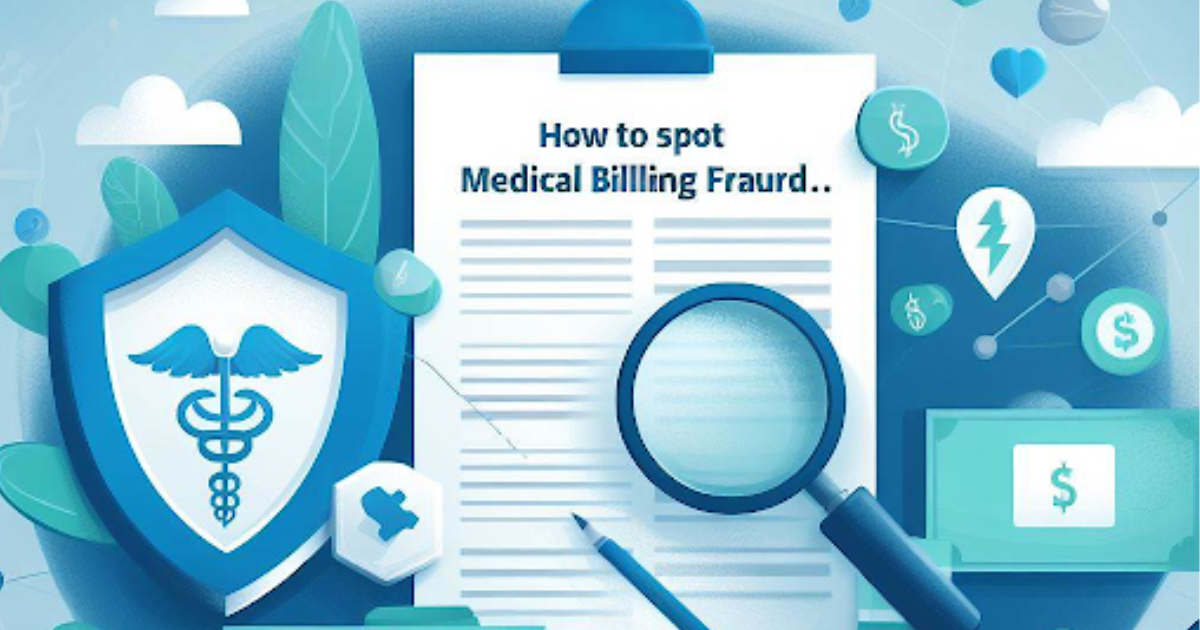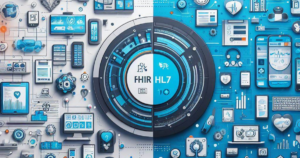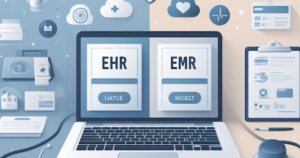Sharing is caring!

Medical billing fraud is a prevalent issue that affects both patients and healthcare providers. This fraudulent activity can result in financial losses and compromised patient care. Therefore, it is crucial to be able to identify and prevent common medical billing fraud. By understanding the red flags and taking necessary precautions, individuals can protect themselves from falling victim to these deceitful practices. In this article, we will explore how to spot common medical billing fraud and provide useful tips on preventing it.
1. Common signs of medical billing fraud to be aware of
Medical billing fraud can take various forms, but there are some common signs to watch out for. One sign is receiving a bill for services or procedures that were never received or authorized. Another red flag is being billed for duplicate services or items that should have been included in a single charge. Unbundling is another tactic used by fraudsters, where they separate a group of services into individual charges to increase the bill amount. Upcoding is also prevalent, where a provider bills for a higher-priced service than what was actually provided. Additionally, excessive or unnecessary testing or treatments, billing for non-covered services, and billing for services that should have been covered by insurance are all indicators of potential fraud.
2. Identifying a fake medical bill from a legitimate one
Differentiating between a fake medical bill and a legitimate one can be challenging, but there are key elements to look for. Start by verifying the accuracy of personal information, such as name, address, and insurance details. Check if the bill includes a clear breakdown of the services provided, including dates, descriptions, and costs. Legitimate bills often have specific codes for each service, which can be cross-referenced with medical records. Look for any inconsistencies or discrepancies in the bill, such as duplicate charges or services not received. Finally, compare the bill with any Explanation of Benefits (EOB) received from the insurance company to ensure they align.
3. Red flags in a medical bill that indicate potential fraud
Several red flags in a medical bill can indicate potential fraud. These include bills for services never received, duplicate charges, or charges for services that should have been included in a single charge. Unusual or excessive charges for tests, treatments, or supplies can also be suspicious. If the bill includes services that were not ordered or authorized by the patient, it may be a sign of fraud. Additionally, bills that do not include proper coding or lack detailed descriptions of the services provided should raise concerns. Finally, bills that do not match the services documented in medical records or bills that are significantly higher than usual charges for similar services should be investigated further.
4. Steps to prevent falling victim to medical billing fraud
To prevent falling victim to medical billing fraud, there are several proactive steps individuals can take. Firstly, it is essential to review all medical bills and Explanation of Benefits (EOB) received from insurance companies carefully. Compare the services listed with the actual treatments received and question any discrepancies or unfamiliar charges. Keep track of all medical appointments, procedures, and tests, and maintain copies of all relevant documents. It is also advisable to regularly review insurance statements and report any suspicious activity to the insurance company immediately. Staying informed about current scams and fraud tactics in the healthcare industry can also help individuals recognize and prevent fraud.
5. Documents and information to review when scrutinizing a medical bill for potential fraud
When scrutinizing a medical bill for potential fraud, several documents and pieces of information should be reviewed.The role of medical billing codes in this process is crucial as they can reveal potential discrepancies or irregularities in the billed services and help in identifying fraudulent billing practices. Start by comparing the bill with any medical records or notes taken during appointments or treatments. Look for inconsistencies or discrepancies in the services provided, dates, or descriptions. Cross-reference the bill with any Explanation of Benefits (EOB) received from the insurance company to ensure they match. Review any itemized charges or codes used in the bill and research their accuracy. It is also important to verify personal information, such as name, address, and insurance details, to ensure they are correct. Additionally, keep track of any prior payments made towards the billed services and compare them with the total amount owed on the bill.
6. Common tactics used by fraudsters to manipulate medical billing systems
Fraudsters employ various tactics to manipulate medical billing systems and increase their profits. One common tactic is upcoding, where a provider bills for a more expensive service than what was actually provided. This can involve using incorrect billing codes or misrepresenting the severity of a patient’s condition. Unbundling is another tactic used, where a group of services that should be billed together is separated into individual charges to inflate the bill amount. Fraudsters may also bill for services or procedures that were never performed, or they may bill for non-covered services as if they were covered. Additionally, some providers may engage in kickback schemes, where they receive illegal payments or benefits in exchange for patient referrals.
7. Protecting oneself from being billed for services not received
To protect oneself from being billed for services not received, it is crucial to be proactive and vigilant. Keep detailed records of all medical appointments, procedures, and tests, including dates, descriptions, and providers involved. Compare these records with any bills or Explanation of Benefits (EOB) received from insurance companies to ensure they align. Review all medical bills carefully, checking for any unfamiliar charges or discrepancies. If any doubts or concerns arise, contact the healthcare provider or insurance company for clarification. Reporting any suspected fraudulent activity to the insurance company and relevant authorities can also help protect oneself and prevent further fraudulent billing.
8. Actions to take if suspecting a fake medical bill
If suspecting a fake medical bill, there are several actions to take to address the situation. Start by contacting the healthcare provider listed on the bill to discuss the charges and seek clarification. Request an itemized bill that provides a detailed breakdown of the services and costs. If the provider’s response is unsatisfactory or raises further suspicions, contact the insurance company to report the issue and seek their guidance. It may be necessary to dispute the charges with the insurance company and provide any supporting documentation or evidence. If the suspected fraud involves intentional criminal activity, such as identity theft, it is advisable to report the incident to the local law enforcement authorities.
9. Role of insurance companies in detecting and preventing medical billing fraud
Insurance companies play a crucial role in detecting and preventing medical billing fraud. They employ various measures to identify fraudulent billing practices and protect their policyholders. Insurance companies utilize data analytics and algorithms to analyze billing patterns and identify anomalies that may indicate fraud. They have access to vast amounts of claims data, which allows them to detect trends and patterns associated with fraudulent providers or billing codes. Insurance companies also conduct audits and investigations into suspicious claims, working closely with law enforcement agencies and regulatory bodies. By detecting and preventing medical billing fraud, insurance companies can help control healthcare costs and maintain the integrity of their insurance programs.
10. Educating oneself about medical billing practices to identify potential fraud
Educating oneself about medical billing practices is essential to identify potential fraud and protect against fraudulent billing. Individuals should familiarize themselves with common billing codes, terminology, and procedures related to their healthcare needs. This knowledge can help in understanding and questioning the services listed on medical bills. Stay updated on current healthcare scams and fraud tactics by following reputable sources such as government agencies, consumer protection organizations, or insurance company resources. Regularly review insurance statements and Explanation of Benefits (EOB) to ensure they align with the services received. Being informed and proactive can significantly reduce the risk of falling victim to medical billing fraud.
Conclusion:
In conclusion, being aware of the common signs of medical billing fraud and taking proactive steps to verify the authenticity of medical bills can help individuals protect themselves from falling victim to fraudulent practices. By scrutinizing bills for red flags, staying informed about current scams, and reporting any suspicious activity, individuals can play a crucial role in detecting and preventing medical billing fraud. Additionally, insurance companies and government agencies also have a responsibility to investigate and take action against fraudulent billing practices. Together, these efforts, along with the implementation of effective medical billing solutions, can help maintain the integrity of healthcare systems and ensure that individuals receive accurate and fair billing for their medical services.




